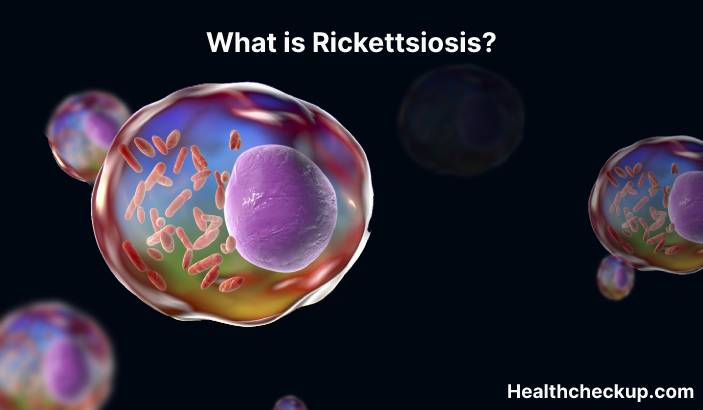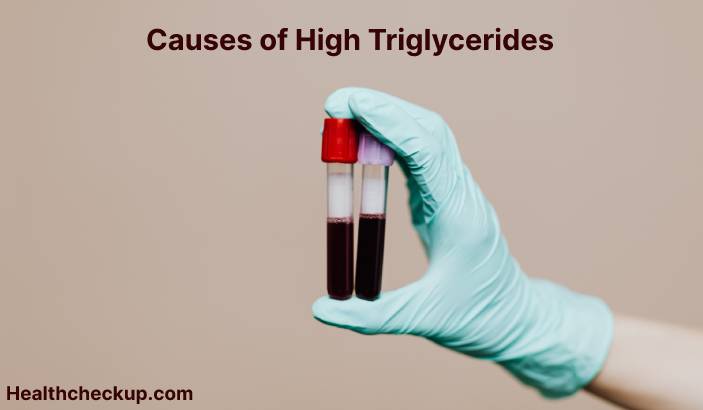Rickettsiosis is a group of diseases that are caused by Rickettsia bacteria. Rickettsia bacteria are small, gram-negative organisms that are transmitted to humans through the bite of infected ticks, lice, or mites. Rickettsiosis can also be transmitted through contact with infected animals, such as rats and squirrels.
Symptoms of rickettsiosis include:
- Fever
- Headache
- Rash
- Muscle aches
- Nausea and vomiting
- Abdominal pain
- Red eyes
In severe cases, rickettsiosis can lead to complications, such as sepsis, organ failure, and death.
There are several different types of rickettsiosis, including:
- Rocky Mountain spotted fever
- Typhus
- Q fever
- Boutonneuse fever
Diagnosis of rickettsiosis is typically based on the presence of symptoms and a person’s history of exposure to infected ticks, lice, mites, or animals. Laboratory tests, such as a PCR (polymerase chain reaction) test or culture of skin lesion specimens, can be used to confirm the diagnosis.
Treatment of rickettsiosis typically involves antibiotics to kill the bacterial infection. It also includes supportive care, such as fluids to prevent dehydration and medications to control symptoms, such as fever and pain.
Rickettsiosis can be prevented through measures to reduce the risk of tick and insect bites, such as using insect repellents, wearing long sleeves and pants when outdoors, and checking for ticks after being outdoors. It is also important to avoid contact with infected animals and to practice good hygiene, such as washing your hands frequently, to help prevent the spread of the disease.
If you are experiencing symptoms of rickettsiosis or have been exposed to ticks, lice, mites, or infected animals, it is important to seek medical attention as soon as possible. Follow the recommendations of your healthcare provider and public health officials to help protect yourself and others from rickettsiosis.








